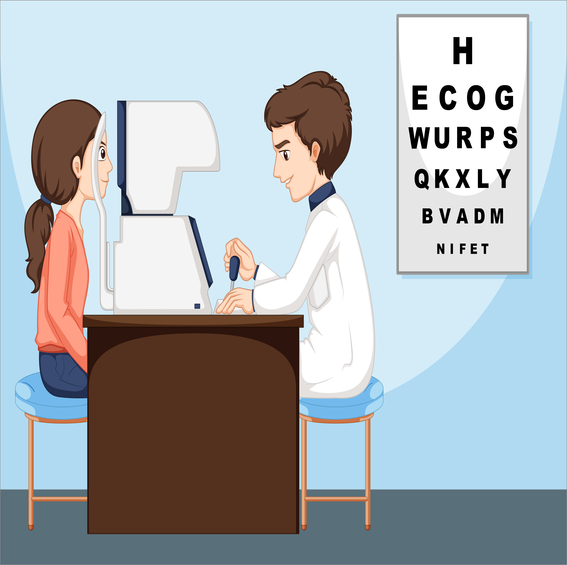Refractive surgeries
Refractive surgeries encompass a range of surgical procedures aimed at correcting refractive errors, such as nearsightedness (myopia), farsightedness (hyperopia), astigmatism, and presbyopia. These surgeries are designed to reduce or eliminate the need for glasses or contact lenses.


1. LASIK (Laser-Assisted In Situ Keratomileusis):
LASIK is a widely performed outpatient procedure that uses a type of laser to reshape the cornea, the clear front part of the eye.
It is effective in treating myopia, hyperopia, and astigmatism.
The surgeon creates a flap on the cornea, uses a laser to modify its shape, and then repositions the flap.
2. PRK (Photorefractive Keratectomy): PRK is another laser eye surgery that reshapes the cornea without creating a flap.
- It is suitable for individuals with thinner corneas or those who may not be good candidates for LASIK.
- The outer layer of the cornea is removed before the laser treatment.
3. TPRK (Trans epithelial Photorefractive Keratectomy): This procedure is similar to PRK but uses laser for epithelial removal also. It is a completely blade free procedure.
4. LASEK (Laser Epithelial Keratomileusis):
- LASEK is similar to PRK but involves lifting a thinner layer of the cornea's surface (epithelium) rather than removing it.
- It may be preferred for certain individuals with specific corneal characteristics.
Before undergoing any refractive surgery, you should consult an experienced and qualified ophthalmologist (eye specialist) to discuss your specific needs, expectations and the surgical option most suited for your eyes and your needs. Regular follow-ups are essential to monitor the healing process and to ensure optimal visual outcome.

Book an appointment
Please fill in the form below and we will soon call you back.



